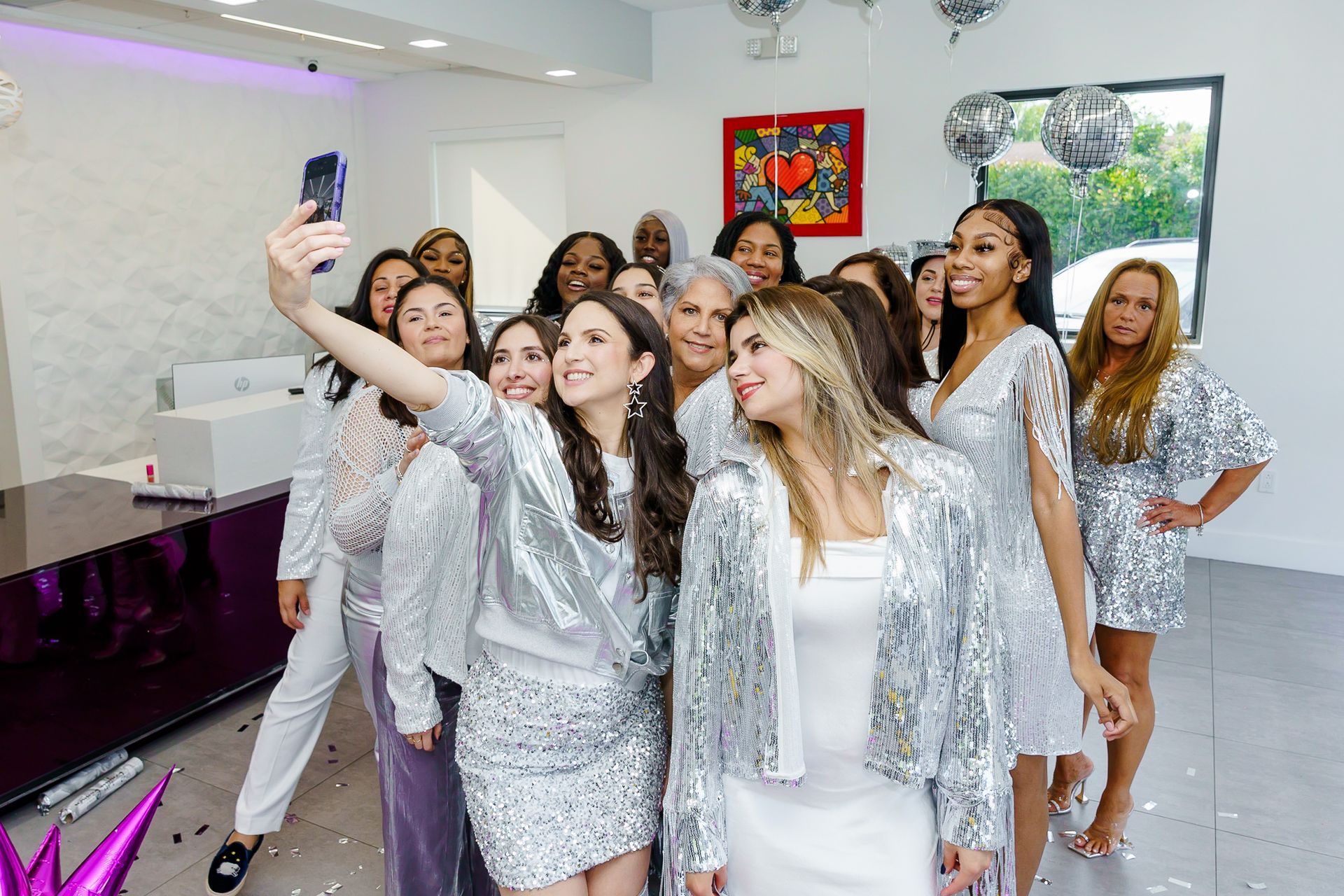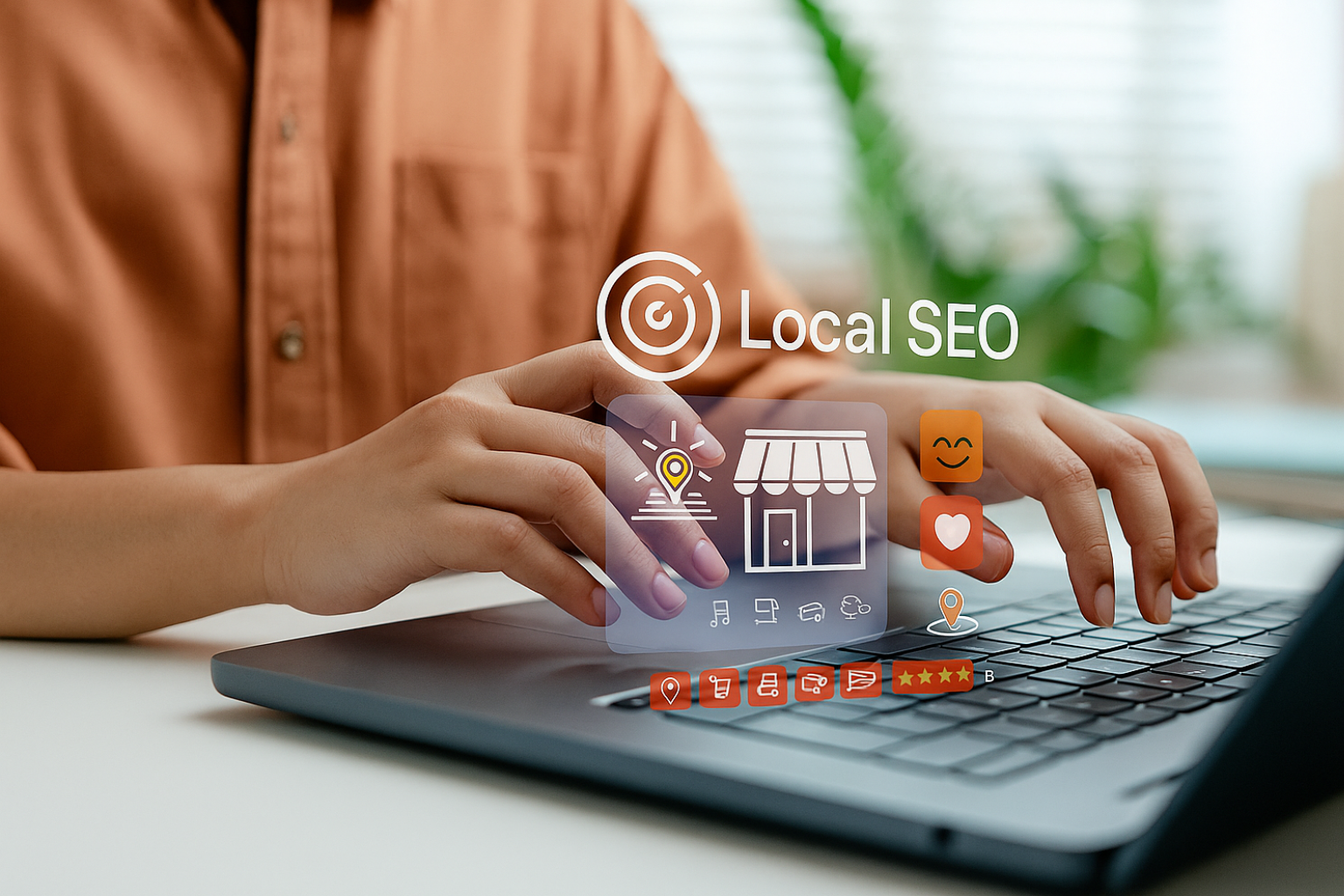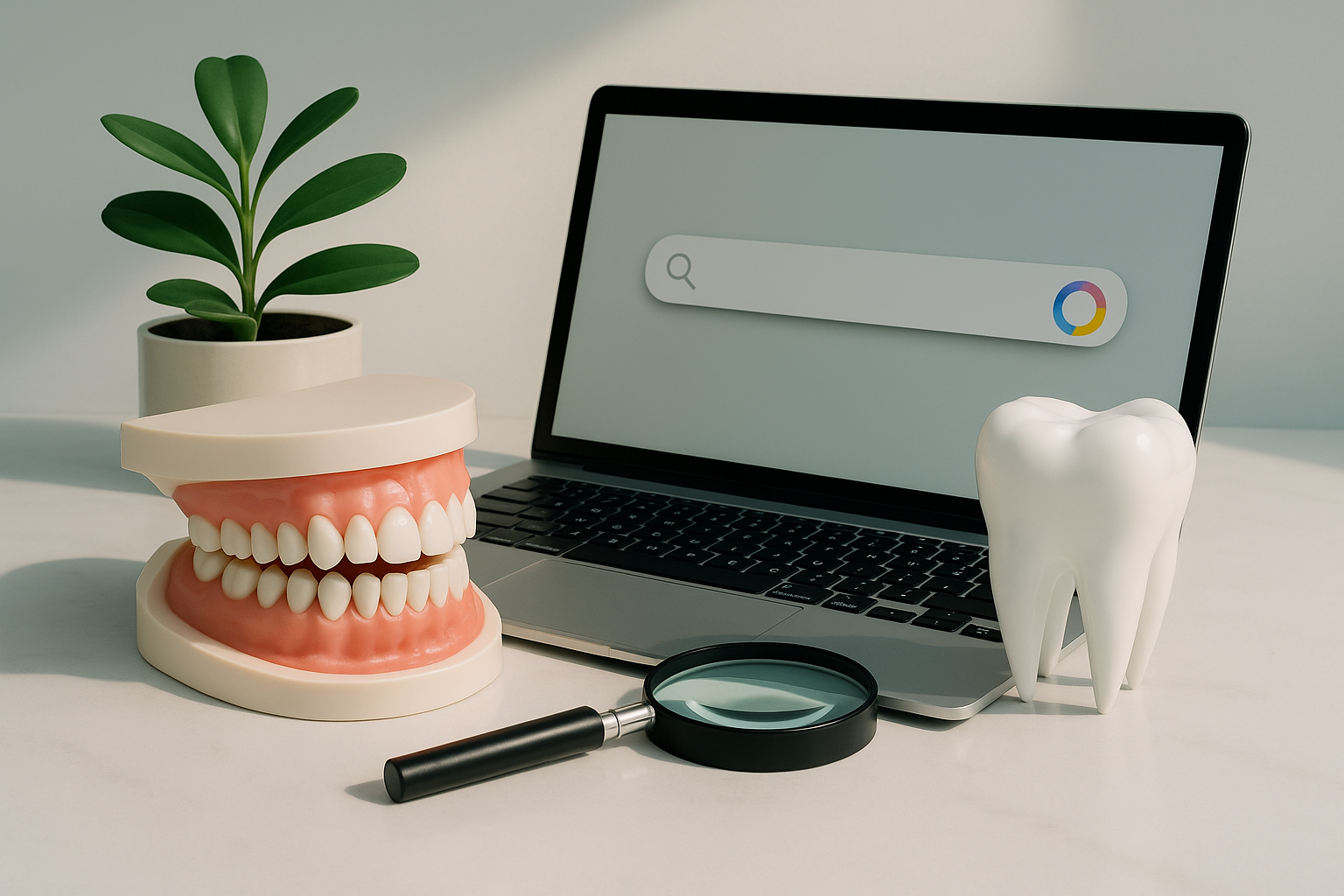The Complete Multi-Platform Marketing Strategy That Gets Dental Practices Recommended by AI
After helping hundreds of dental practices adapt to AI search over the past year, I've identified exactly what separates the practices getting consistent AI recommendations from those being completely overlooked. It's not about having the best clinical skills or the fanciest office — it's about creating what I call a "marketing ecosystem" that AI systems can easily understand and recommend.
AI search is already changing patient acquisition. Now I want to share the specific implementation strategy that's working for practices across the country.
This isn't theoretical — these are the exact methods our most successful clients use to get recommended by ChatGPT, appear in Google's AI overviews, and build patient bases while their competitors struggle with rising advertising costs.
How Should Dental Practices Structure Their Multi-Platform Presence?
After testing different approaches with Digital Floss clients, I've discovered that successful AI optimization requires what I call the Marketing Triangle.
Think of it like a funnel where content flows in from the top through multiple channels, but everything must work together to create the emotional connections that move people from curiosity to calling your office.
At the top of this triangle, you have your content distribution across LinkedIn, Instagram, Facebook, YouTube, and your website. But most practices treat these as separate marketing efforts instead of interconnected parts of one system.
AI doesn't evaluate platforms in isolation. When ChatGPT considers recommending your practice, it looks at the consistency and authenticity of your message across all platforms. If your LinkedIn presence says one thing, your Instagram another, and your website something completely different, AI systems interpret this as a lack of credibility.
What Type of Content Should Dentists Post on LinkedIn?
LinkedIn serves a unique role in AI recommendations because it establishes your professional authority. The demographics here are professionals in their 50s and 60s with excellent insurance and higher case acceptance rates. Many of them view social media as unprofessional, but they're actively networking on LinkedIn.
For cosmetic dentistry, implants, or any high-value treatment, LinkedIn's demographic represents your ideal patients. These are people who prioritize quality over price and make decisions based on professional reputation rather than cost alone.
Your LinkedIn strategy should focus on thought leadership content that demonstrates your expertise. Share insights about dental innovations, discuss complex cases you've handled, and explain how your approach differs from other practices. AI systems particularly value this type of authoritative content when making healthcare recommendations.
I regularly post about marketing evolution in dentistry, share behind-the-scenes practice management insights, and discuss how technology is changing patient care. This positions me not just as a dentist, but as someone who understands the business side of dentistry — exactly what practice owners are looking for.
How Do Instagram Posts Now Impact Dental SEO?
The Instagram landscape changed completely when Google began indexing Instagram content in July 2025. Your Instagram posts now appear in regular Google search results, and AI tools like ChatGPT are scanning Instagram content to make practice recommendations.
Instagram is now being indexed for SEO just like your website. It's equally important to have content on Instagram as it is on your website, but it's not just having Instagram — it's knowing how to create your captions strategically.
Your Instagram captions now need to be written like website SEO content. Instead of generic posts about oral health, create content that answers specific questions: "What happens during your first Invisalign appointment at our Miami practice?" or "Why patients choose our Fort Lauderdale dental implant specialist over downtown options."
Use location-specific hashtags like #MiamiDentist or #FortLauderdaleDentalCare, and include service-specific terms naturally in your captions. Tag your location on every post, and write captions that clearly describe what services you offer and where you're located.
What Facebook Content Gets Practices Recommended by AI?
Facebook still plays a crucial role in AI recommendations because it's where patients often share their healthcare experiences and ask for recommendations from friends. AI systems analyze these authentic interactions when evaluating practice reputation and patient satisfaction.
Focus on building genuine community engagement rather than just promotional posts. Share patient success stories with permission, provide educational content about procedures, and respond authentically to patient questions and comments. The goal is creating content that encourages real patient interactions, because AI systems can detect and value authentic engagement over manufactured responses.
I've noticed that practices with active community discussions on their Facebook pages — where patients naturally recommend them to others — consistently appear in AI recommendations. It's not about the number of likes, it's about genuine patient advocacy.
How Should Dental Practices Use YouTube for Patient Education?
YouTube serves as your platform for comprehensive educational content that positions you as the go-to authority in your area. When patients research specific procedures in depth, YouTube is often their preferred platform, and AI systems frequently recommend YouTube content for detailed healthcare information.
Create videos that thoroughly explain procedures, address common patient fears, and showcase your practice environment. The most effective approach combines clinical expertise with personal connection — show yourself explaining procedures in simple terms, include real patient testimonials, and provide behind-the-scenes practice footage that builds trust.
One of our clients created a series called "What to Expect" for different procedures. Each video shows her explaining the process, walking through the treatment room, and addressing common patient concerns. These videos consistently appear when people ask AI about those specific procedures in her area.
Why Is Video Content Critical for AI Recommendations?
Marketing in 2025 is about moving from the head to the heart. Head-based decisions focus on cost and convenience, while heart-based decisions are driven by emotional connection and trust. Video content creates these emotional connections better than any other medium, and it's what AI systems prioritize when making healthcare recommendations.
When I chose my current dentist, they had a video on their website above the fold. I watched that video where they talked about integrity and building a practice on putting the team first. Team members shared how they'd never worked for a doctor like this and had learned more in one year than in ten years elsewhere.
I made my decision based on that emotional connection. Even when I discovered my insurance situation meant paying $160 out of pocket, I said yes because the video had already established trust and connection.
This is the power of authentic video content, and it's what separates practices getting AI recommendations from those being overlooked. Create videos where you explain procedures, address patient concerns, and show your personality. Include real patient testimonials and behind-the-scenes footage that demonstrates your practice culture.
How Should Dental Websites Convert AI-Driven Traffic?
Your website serves as the conversion hub where all your social media efforts ultimately direct potential patients. But most dental websites are built like brochures from 2009 — a photo at the top, maybe some drone footage, with no video and no clear call to action.
AI systems evaluate websites differently than traditional search engines. They look for content that directly answers patient questions, demonstrates authentic expertise, and provides clear pathways for patient engagement.
Place video content above the fold on your homepage. This doesn't have to slow down your website if it's embedded from YouTube rather than uploaded directly. The video should introduce you personally, explain your approach to patient care, and address common patient concerns about dental treatment.
To the right of this video, include a clear, prominent appointment request form. The brain processes information from left to right — they watch the video that creates emotional connection, then immediately see how to take the next step.
One of our clients recently redesigned her website following this approach. In the last 30 days, she saw 900 website visits with no Google Ads, generated 42 click-to-calls, and received 22 lead submissions from new patients. The difference was the above-the-fold video combined with clear conversion pathways.
What's the Most Efficient Way to Create Multi-Platform Content?
The biggest challenge practices face is creating consistent, quality content across multiple platforms without overwhelming their schedules. The process we use at Digital Floss is simple and streamlined: You schedule a one-hour call with our award-winning copywriting team. On that call, your writer learns all about you and your practice and gets everything needed to script your videos.
Our superstar video team flies out to your practice and films everything we need to create four months of content in a single day — and then we edit and manage everything for you, optimized across multiple platforms.
The practices implementing these strategies now are building sustainable competitive advantages that will last for years. AI search optimization isn't a short-term tactic — it's a fundamental shift in how patients discover and choose healthcare providers.
Your patients are already asking AI for dental recommendations. Make sure your practice is positioned to be the one AI chooses to recommend.
About Dr. Anissa Broussard
Dr. Anissa Broussard is a dentist with over 20 years of clinical experience and dentistry's leading digital marketing expert. She is the co-founder of Digital Floss, a full-service dental marketing agency specializing in AI-optimized strategies for dental practices, and DentalFlix, the premier online education platform for dental practice training. Named one of the Top 25 Women in Dentistry, she was the first in the dental industry to discover how sales funnels can work in dental practices.
Dr. Broussard was recruited by ClickFunnels to create the Brick and Mortar Funnel Framework and holds a Fellowship with the Dental Speaking Institute. She has keynoted at major events including the AACD, Social Media Marketing World, and Funnel Hacking Live.












